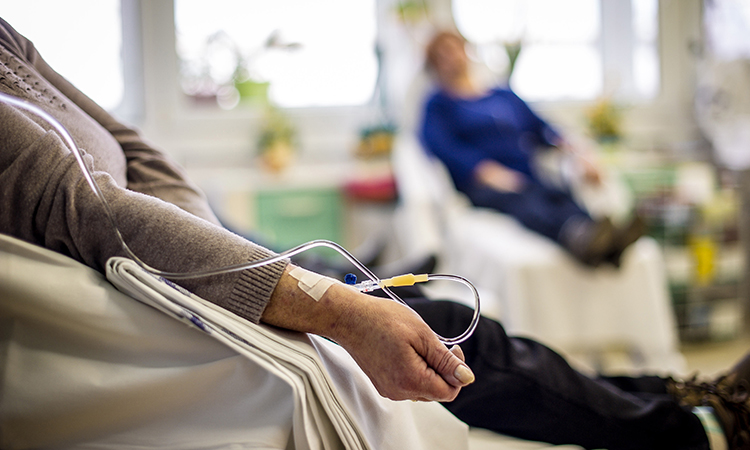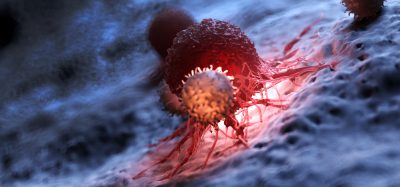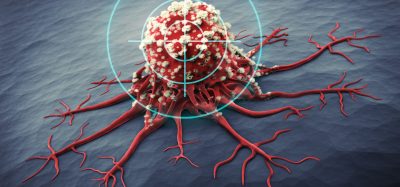Discovered receptor that could alleviate the need for chemotherapy
Posted: 11 July 2022 | Ria Kakkad (Drug Target Review) | No comments yet
Researchers have shown that a synthetic IL-9 receptor allows T cells to fight against cancer without the need for chemotherapy or radiation.


Before a patient can undergo T cell therapy designed to target cancerous tumours, the patient’s entire immune system must be destroyed with chemotherapy or radiation. The toxic side effects are well known, including nausea, extreme fatigue, and hair loss. A study that was recently published in Nature has shown that a synthetic IL-9 receptor allows those cancer-fighting T cells to do their work without the need for chemo or radiation. T cells engineered with the synthetic IL-9 receptor were potent against tumours in mice. The research team is made up of scientists from the UCLA in collaboration with those from the University of Stanford and the University of Pennsylvania, all US
When T cells are signalling through the synthetic IL-9 receptor, they gain new functions that help them not only outcompete the existing immune system but also kill cancer cells more efficiently.
“It was clear early on that, among the synthetic common-gamma chain signals, the IL-9 signal was worth investigating,” Assistant Professor Anusha Kalbasi said, adding that unlike other common-gamma chain cytokines, IL-9 signalling is not typically active in naturally occurring T cells. The synthetic IL-9 signal made T cells take on a unique mix of both stem-cell and killer-like qualities that made them more robust in fighting tumours. “In one of our cancer models, we cured over half the mice that were treated with the synthetic IL-9 receptor T cells.”
The researchers also said the therapy proved to be effective in multiple systems. They targeted two types of hard-to-treat cancer models in mice – pancreatic cancer and melanoma – and used T cells targeted to cancer cells through the natural T cell receptor or a CAR. “The therapy also worked whether we gave the cytokine to the whole mouse or directly to the tumour. In all cases, T cells engineered with synthetic IL-9 receptor signalling were superior and helped us cure some tumours in mice when we could not do it otherwise.”
Related topics
Chemotherapy, Chimeric Antigen Receptors (CARs), Radiotherapy, T cells
Related conditions
Cancer
Related organisations
Pennsylvania University, UCLA, University of Stanford
Related people
Assistant Professor Anusha Kalbasi







